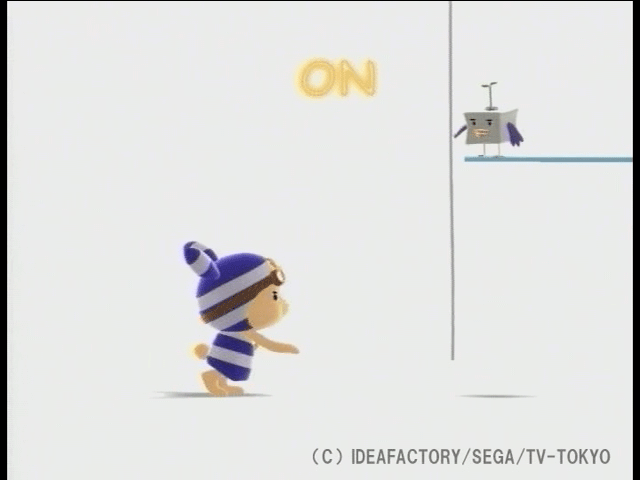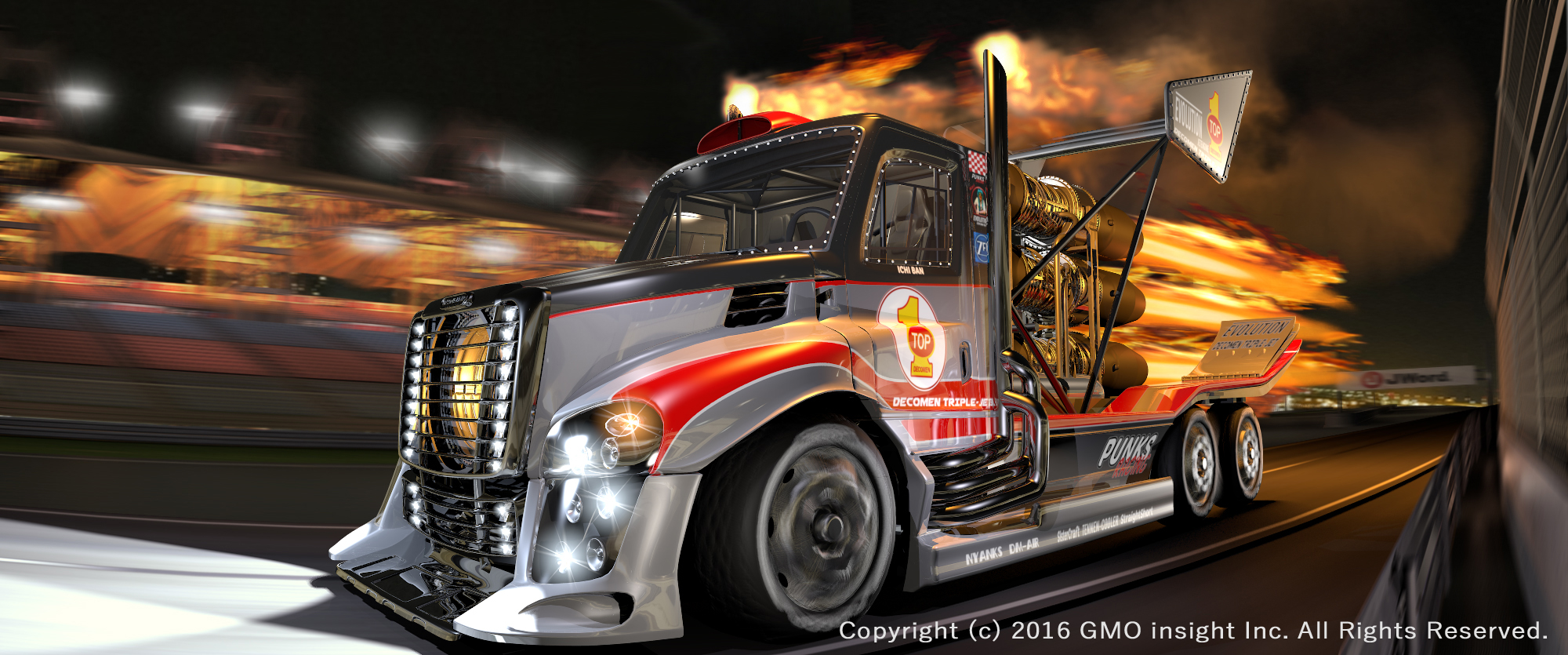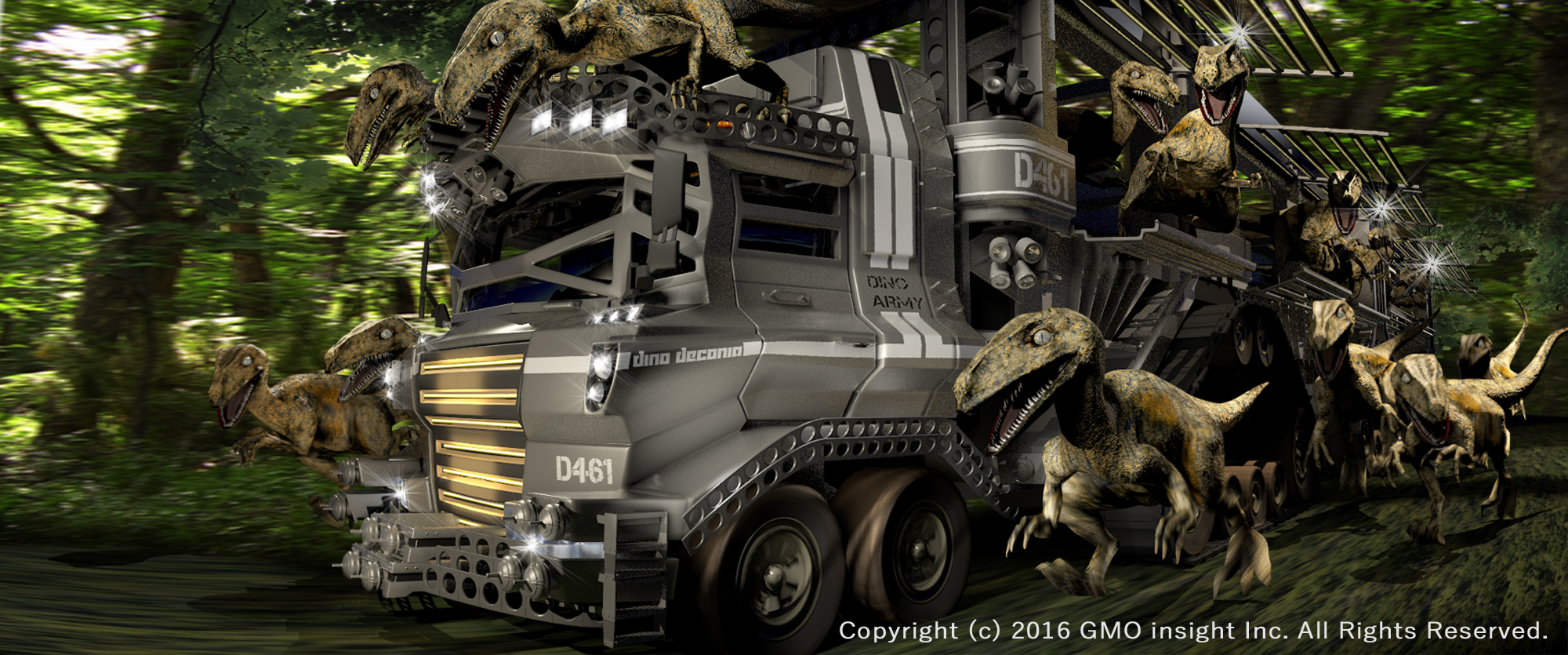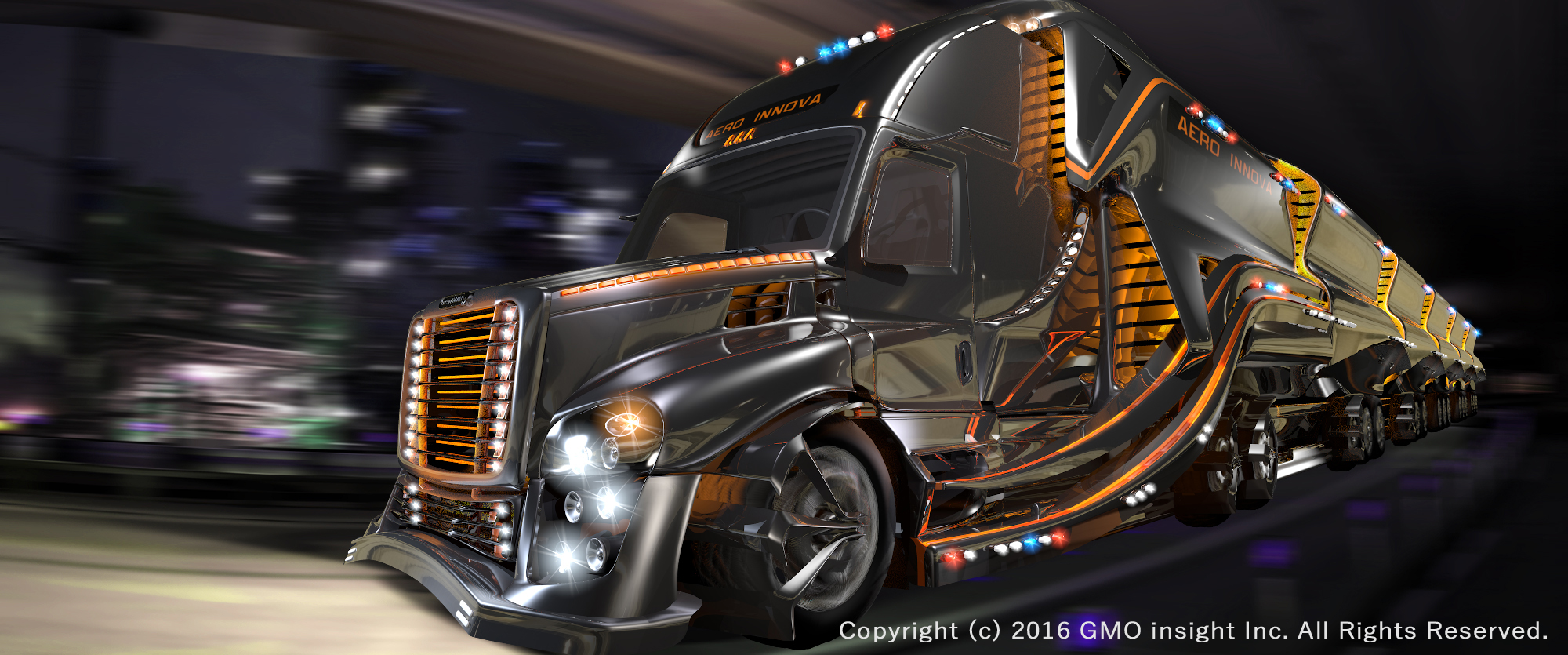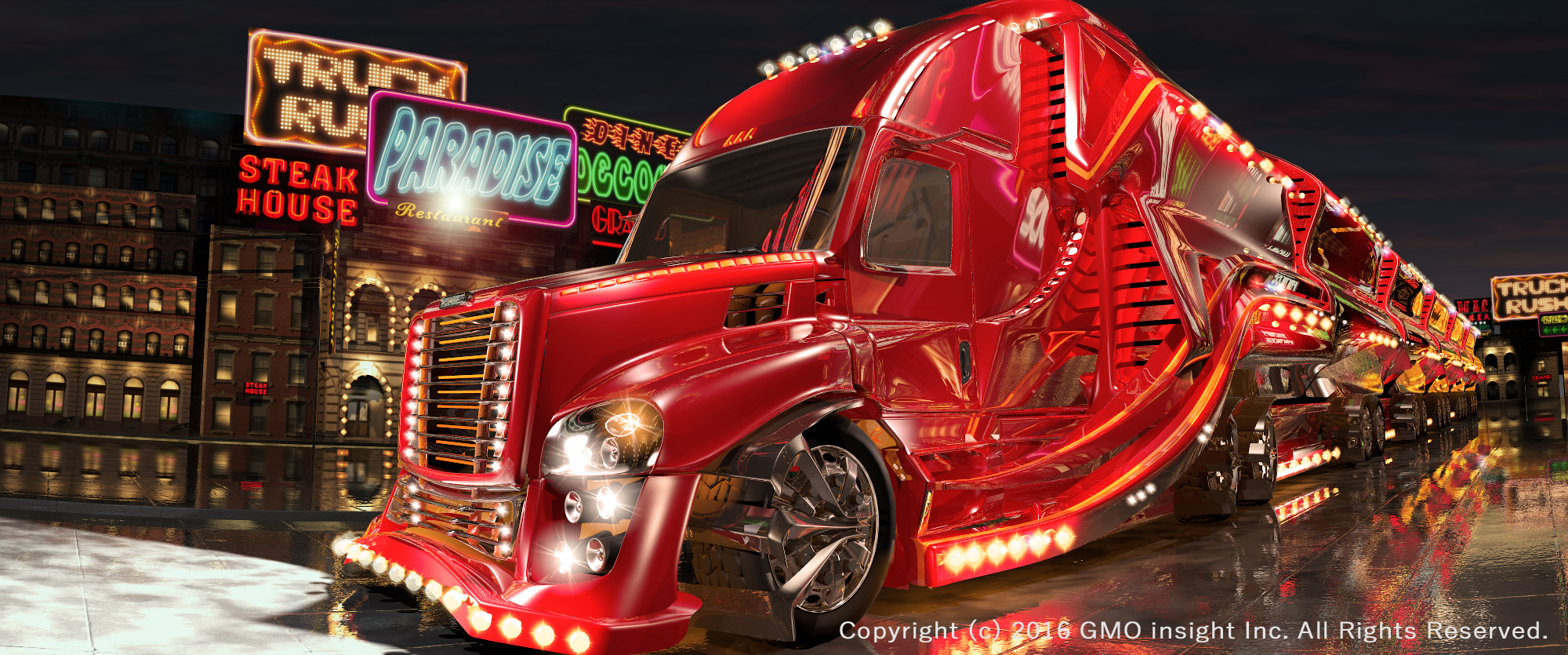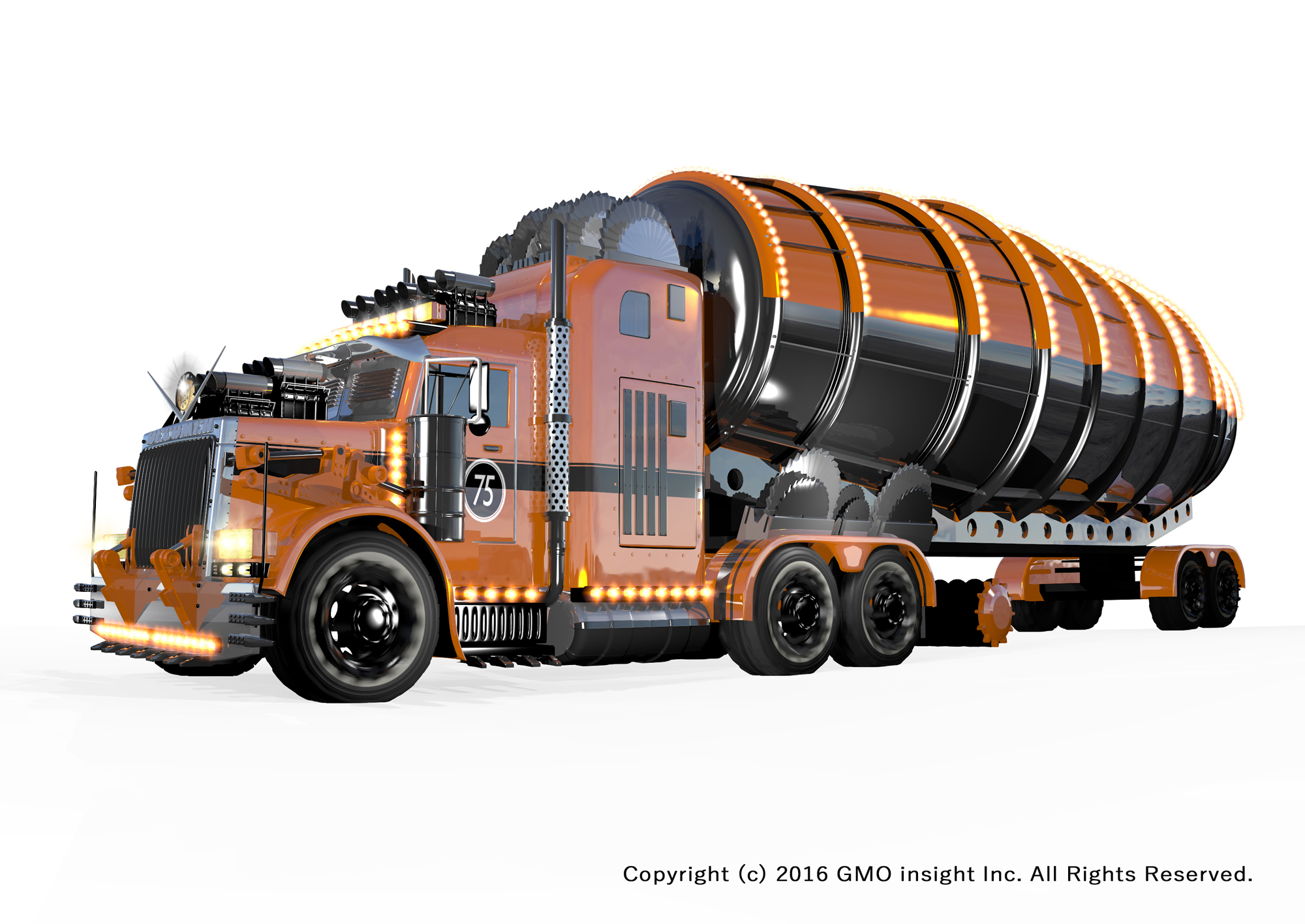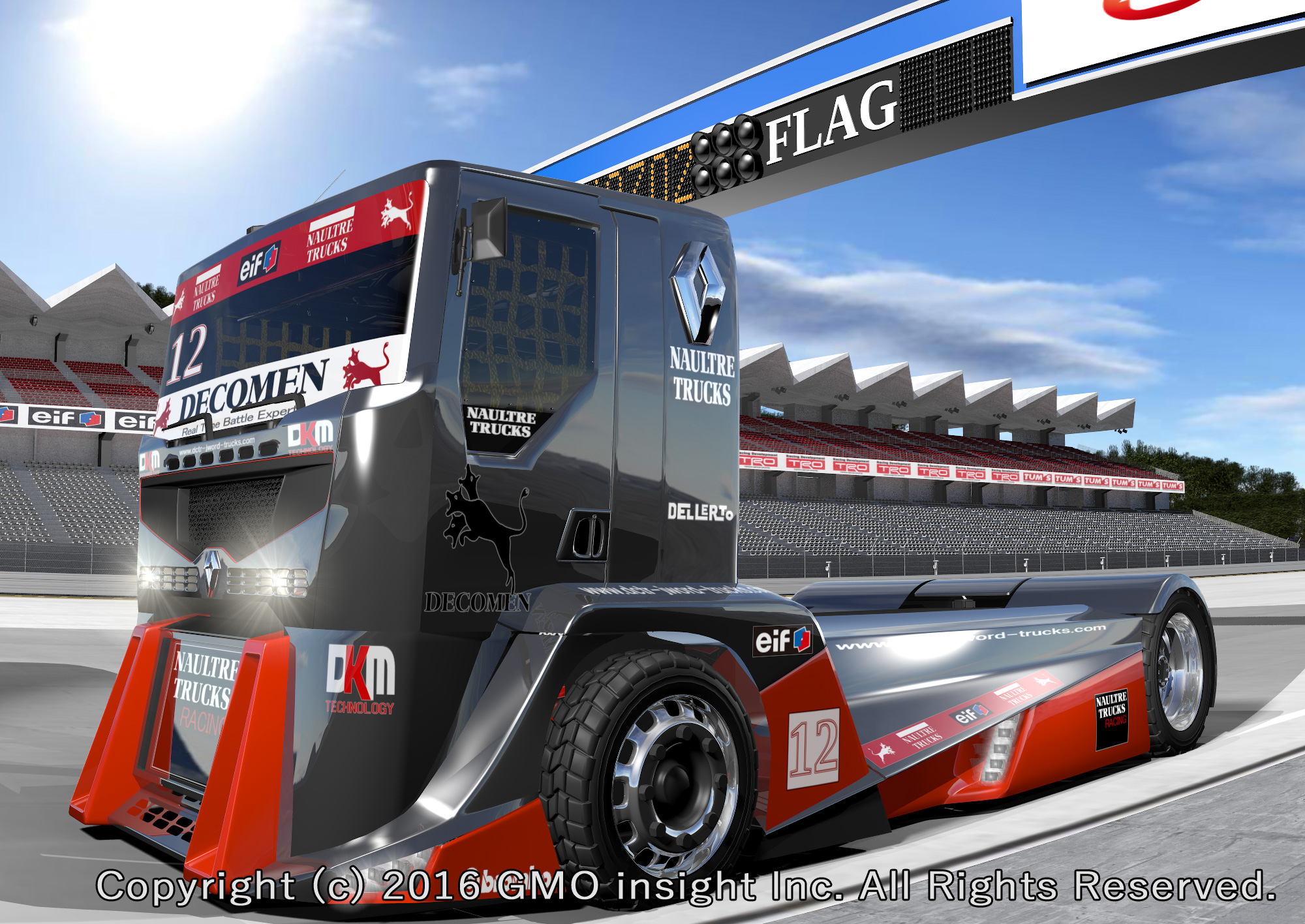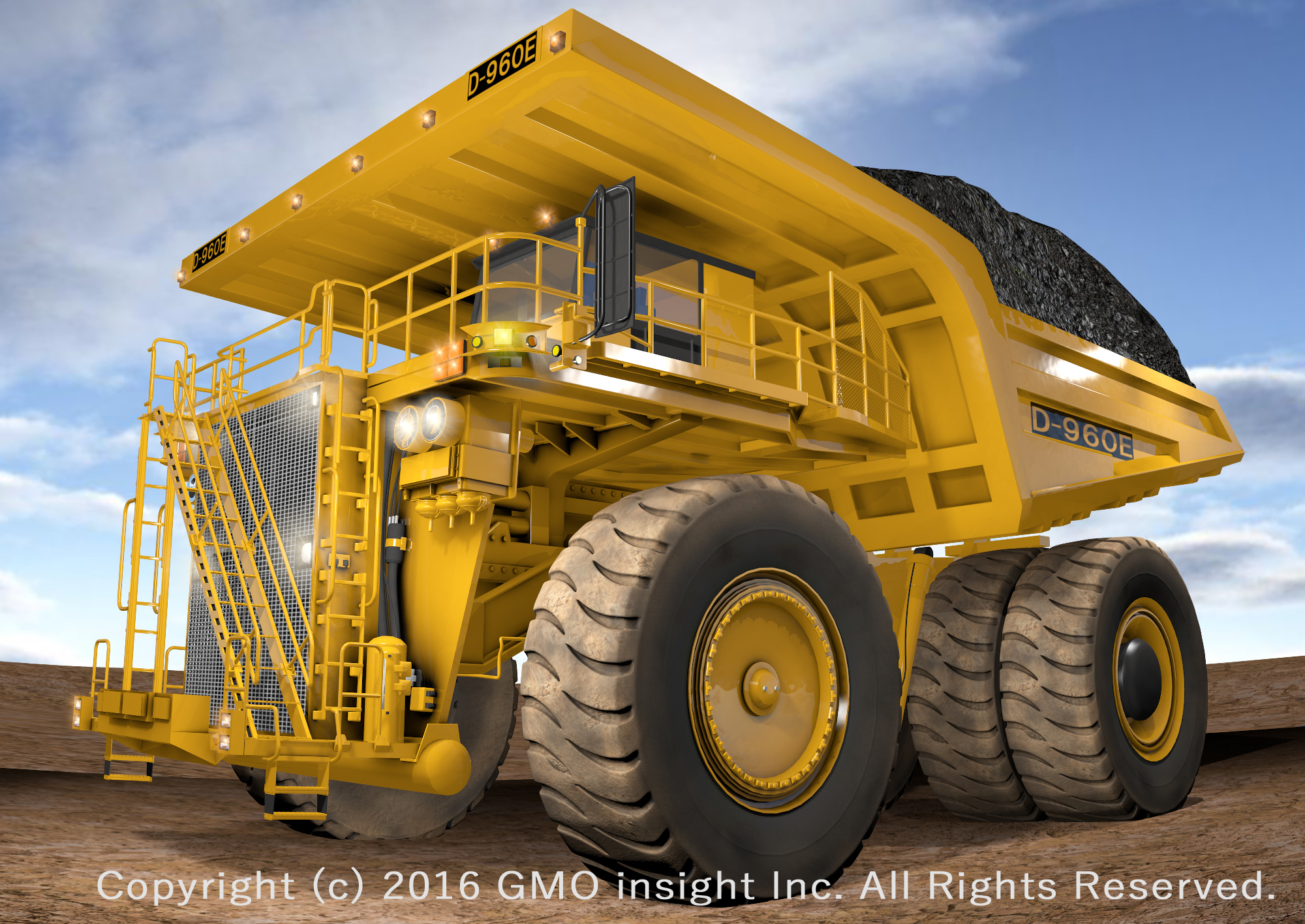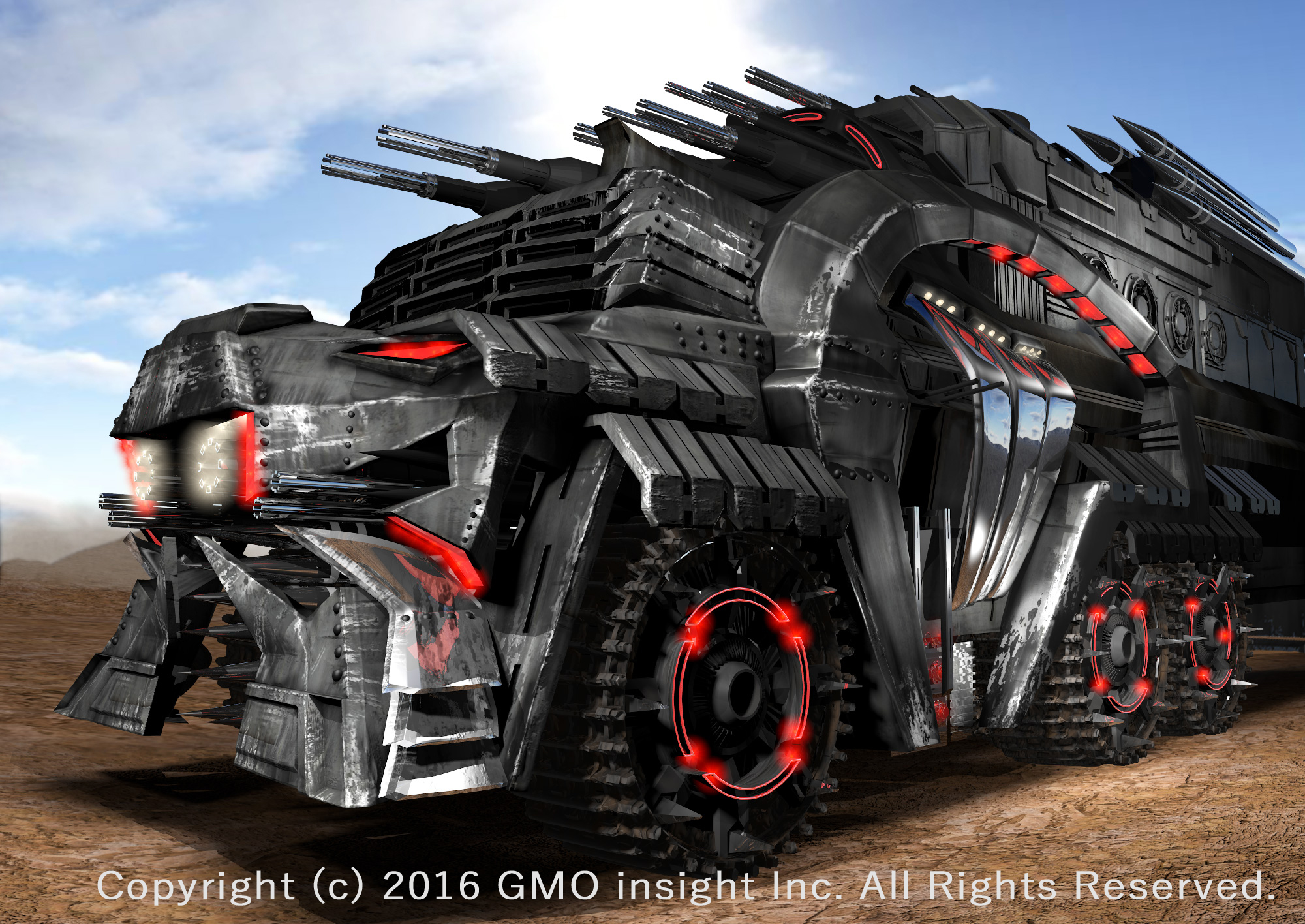imagawahirotaka@gmail.com 090-3346-0973 534-1 Kuzuma Kisarazu Chiba JAPAN 292-0004
Professional Experience 20 years of experience in C++ development. 10 years of Unity C# script development. 6 years of standalone development with Qt. 10 years of Blender Python add-on development. 20 years of experience in video production using Maya and 3ds Max. 10 years of video and game production using Blender. 20 years of experience in commercial and exhibition video production. Director and animator for TV anime series (3DCG) production. Technical Skills Languages and Technologies used in professional settings: C/C++ C# MayaMEL + Python Qt (3.2.1-4.6.3) FBXSDK NVSG OpenGL Python JavaScript TypeScript HTML vi React React-three/fiber drei astro.js
I became independent while affiliated with GMO Insight Co., Ltd., and continued to work for the company as a freelancer. Currently, I am a member of the development department at CELSYS, Inc. under a subcontracting agreement.
https://www.todorokimotion.com/visual-design/index.html 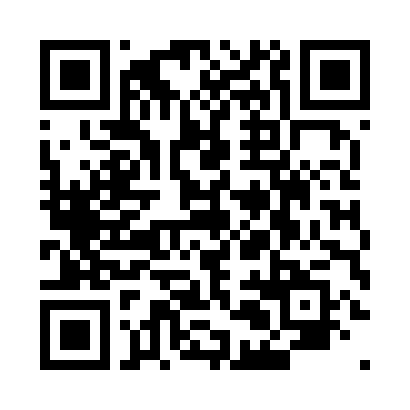
Enginieer / Designer
CG Director / Designer
CG Supervisor
Academic Staff (Papers)
Software Development:
Technical Director:
Software Development:
Technical Director:
Original truck artwork created using Blender for 'Golden Bakusou Decotora Tournament' (GMO Insight Inc.)
bahrain racetruck
cyberdyne
jurassic scania
aero innova
aero innova red
mad-comboy orange
naultre
gigant
deconia space
devil
Developed truck design and Unity scripts for assembling truck avatars for 'Golden Bakusou Decotora Princess' (GMO Insight Inc.)
The following are works created as an employee of various companies before engaging in Todoroqui Motion activities.
"PUZLEEZ" (2004)
A short animated series for the Kids Station's English program for toddlers. Produced 13 episodes (each 45 seconds long), handling all aspects of the 3D CG process as a sole creator. Modeling and rendering were done in 3dsmax, and all animations were created using Sega's in-house development tool "Sega Animanium." Character design and rough concepts were provided by Telecom Animation Film (now TMS Entertainment). Each episode was created improvisationally, featuring character interactions and dances based on a given English word theme (such as Fly, Jump, Slip, etc.).
"PUZLEES"

"PUZLEEZ" (2004) no sound
"PUZLEEZ" (204) no sound
SUNTORY "BEER Ginjo" (15") TVCM (1991)
At that time, I was involved in the TV commercial for a new product featuring prominent newcomers, Hideo Nomo and Tomoyuki Miura. The commercial showcased multiple overlapping ball models, deforming as they flew towards the viewer. This was a workaround since the renderer at that time did not yet support motion blur. Back then, overcoming challenges with designer ingenuity without waiting for feature implementations was a common occurrence.
SUNTORY "BEER Ginjo" (15") TVCM (1991)
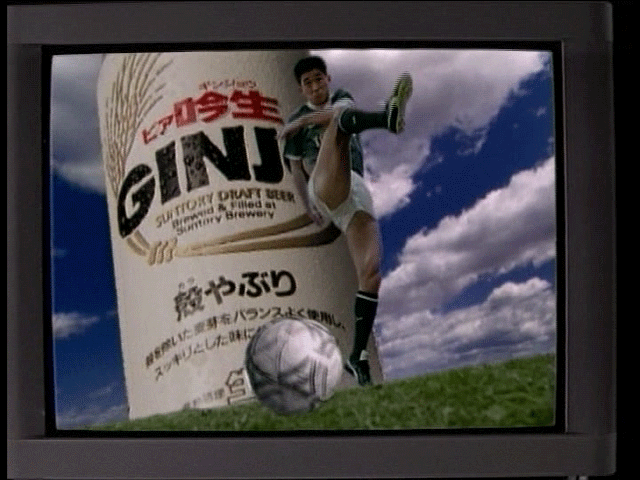
SUNTORY "BEER Ginjo" (15") TVCM (1991)
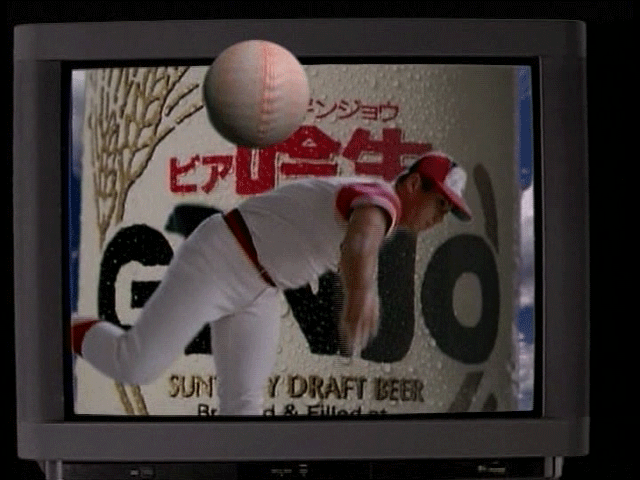
SHISEIDO "FLOWLINE Active" (15") TVCM (1990)
SHISEIDO "FLOWLINE Active Shampoo/Rinse" (15") TVCM (1990)
The strength of LinkS Corporation's original renderer lies in "metaballs." Metaball representation was widely used in early 1990s commercials. In this commercial production, we took a step further and attempted to morph metaballs, or Implicit Surfaces, into a polygonal bottle model. During the short dissolve while moving towards the back of the screen, we seamlessly switched between the two, depicting a bottle separating into metaball droplets.
SHISEIDO "FLOWLINE Active" (15") TVCM (1990) - 1
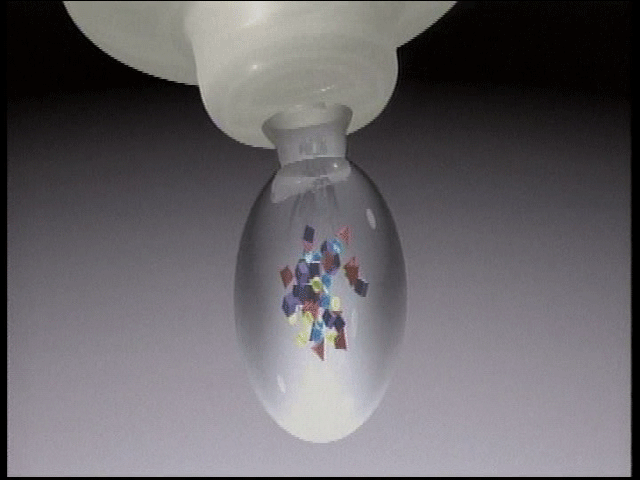
SHISEIDO "FLOWLINE Active" (15") TVCM (1990) - 2
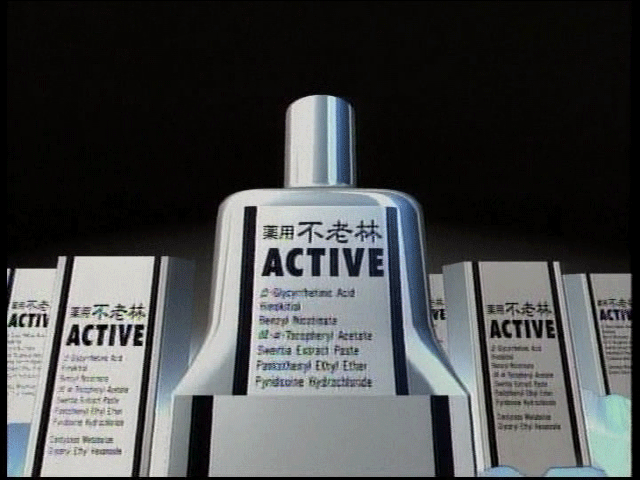
SHISEIDO "FLOWLINE Active Shampoo/Rinse" (15") TVCM (1990) - 3
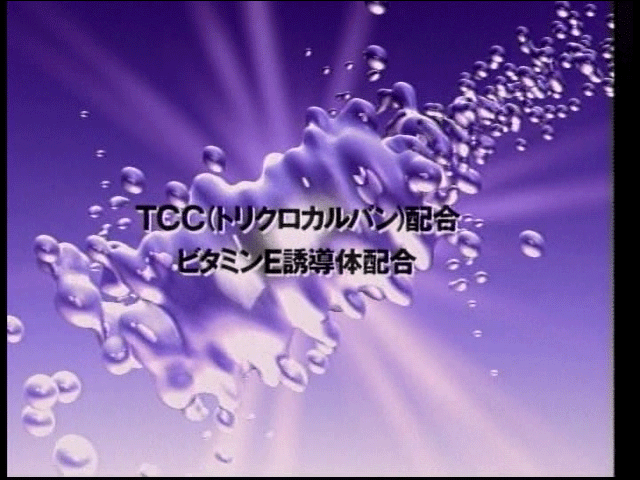
SHISEIDO "FLOWLINE Active Shampoo/Rinse" (15") TVCM (1990) - 4
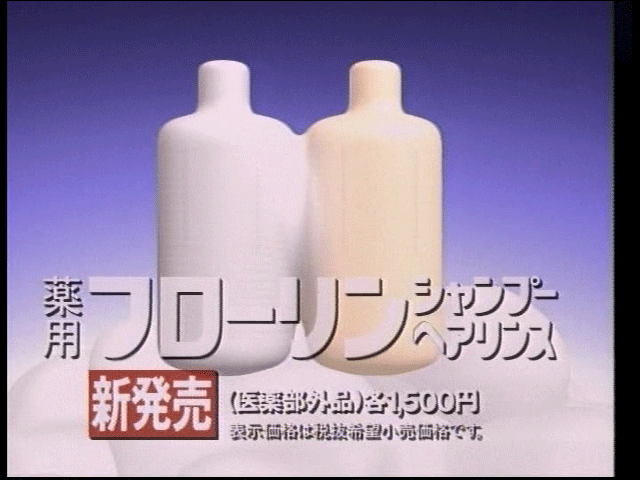
SHISEIDO "PROTEA" TVCM (1991)
The technique used in "FLOWLINE Shampoo/Rinse" was applied to other products as well.
SHISEIDO "PROTEA" TVCM (1991) - 1
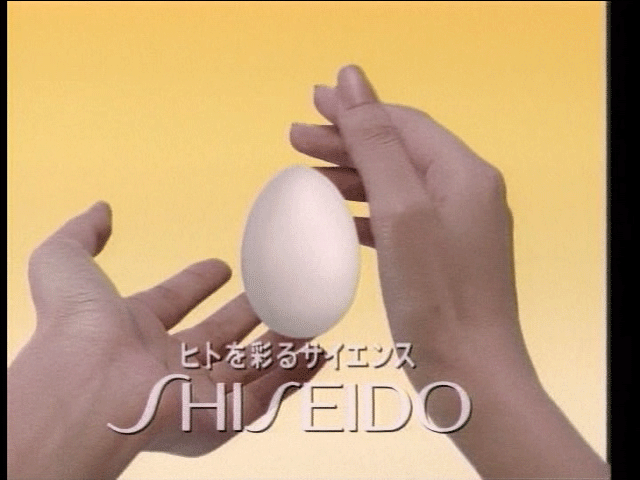
SHISEIDO "PROTEA" TVCM (1991) - 2
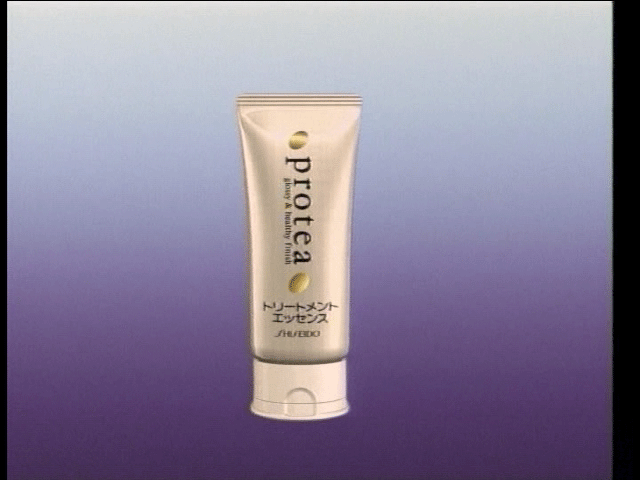
SHISEIDO "WHITESS Essence" TVCM (1990)
At Links Corporation, for commercial production on a small scale (around 15 seconds), it was customary for a team of two individuals, typically a master and an apprentice, to handle the production. This approach is often referred to as the master and Padawan system. This particular commercial was the first production where the author had an apprentice. The excellence of the apprentice, who was of the same age and graduated from an art university, contributed significantly to the success of the project. Gratitude.
SHISEIDO "WHITESS Essence" TVCM (1990)

CLINIQUE "CLINIQUE" TVCM (1991)
During the time when the author was an apprentice, the master's outstanding commercial work was truly exceptional. The master's extraordinary parameters, without any strain or waste, resulted in the creation of the best images. Under the pressure of that environment, the apprentice was responsible for the yellow bottle on the right side. Along with learning many invaluable techniques from the master, the work also engraved the long product name, "Dramatically Different Moisturizing Lotion," in the mind.
CLINIQUE "CLINIQUE" TVCM (1991) - 1

CLINIQUE "CLINIQUE" TVCM (1991) - 2
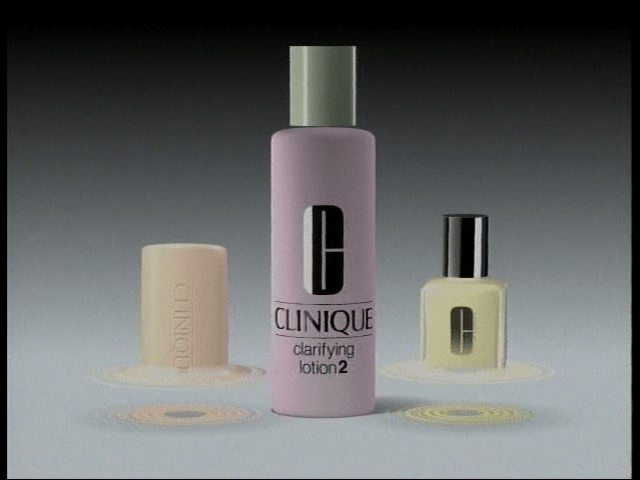
PANASONIC "HiVision" TVCM (1991)
Under the powerful pressure of the master's warm gaze, this work was the first one that the author handled independently from design. As the title suggests, it was the first production in HD resolution at the time, and the long rendering time left no room for retakes. From this point onwards, the author became adept at calculating polygon counts, light numbers, and schedules. Note: At that time, the rendering time for one frame was approximately 15-30 minutes at NTSC resolution. HD resolution took about 2-4 times longer.
PANASONIC "HiVision" TVCM (1991)
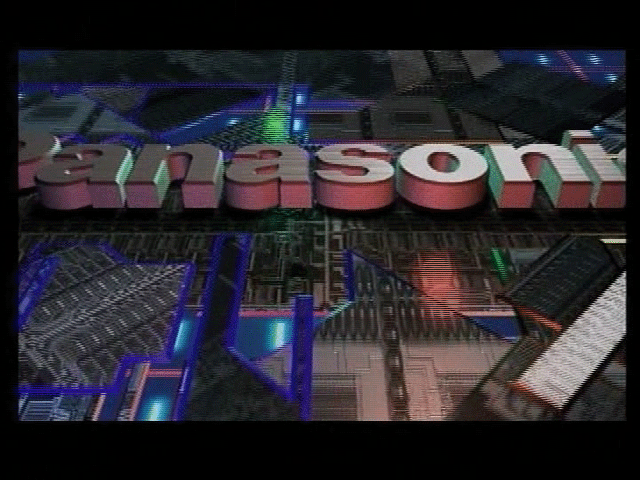
JACCS CI CM (2.5", 1.5") (1990)
At that time, it was common to deliver films for screening in cinemas, and this work also left an impression with the master adjusting the gamma of the gray curve with each rush. It provided a glimpse into the world of tone creation for the entire screen.
JACCS CI TVCM (1990)
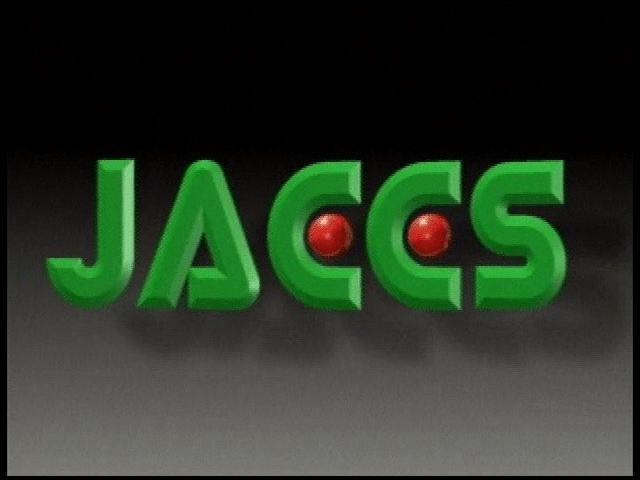
HONDA VERNO CI CM (2.5", 1.5") (1991)
A project was brought in after the CI video produced by another company was rejected, and the client requested a completely new creation. With the desire for something more satisfying than the previous work, an additional concept featuring streaks running vertically and horizontally was created alongside the original rotating text. According to the agency's report, this work received unanimous applause during the headquarters meeting, clearly marking a turning point. The principle of "if something feels unclear, create another version for clarity" may have originated from this time.
HONDA VERNO CI TVCM (1991)
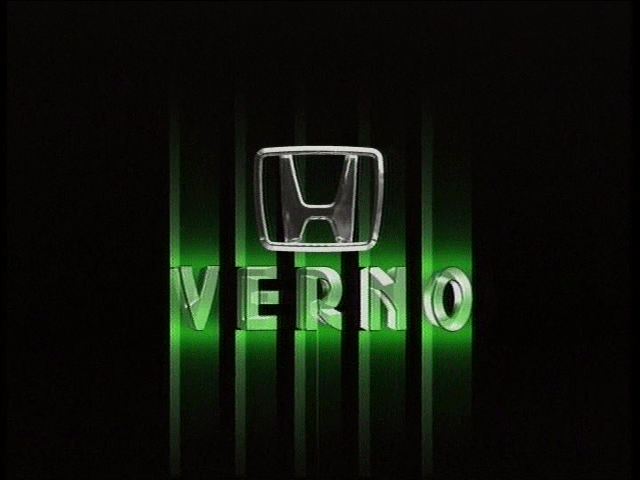
TDK CI CM (2.5", 1.5") (1991)
Another turning point came in the form of this CI project, which felt like an impossible challenge as portrayed in the master's storyboard. Matching metaballs and polygons perfectly was essential for its realization. After consulting with engineers, the final solution involved preparing the polygon model for the company logo with an absolute priority, then swapping the normals of each vertex of the deforming model with the corresponding metaball's spatial normals. Achieving this made it impossible to visually perceive the moment when the metaball seamlessly transitioned into the polygon. The feeling at that point was truly exhilarating.
TDK CI CM (1991) - 1
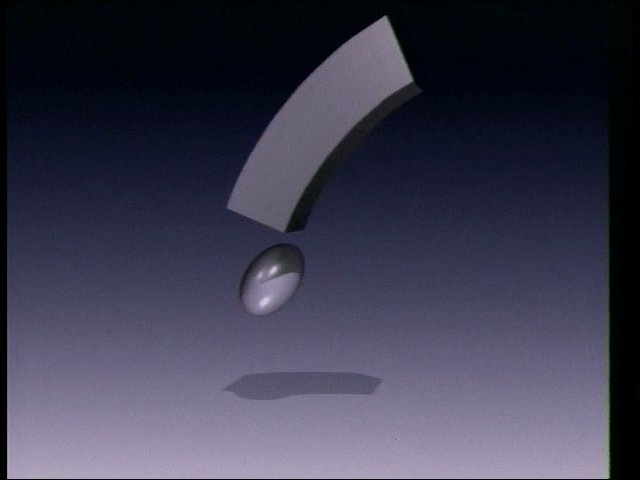
TDK CI CM (1991) - 2
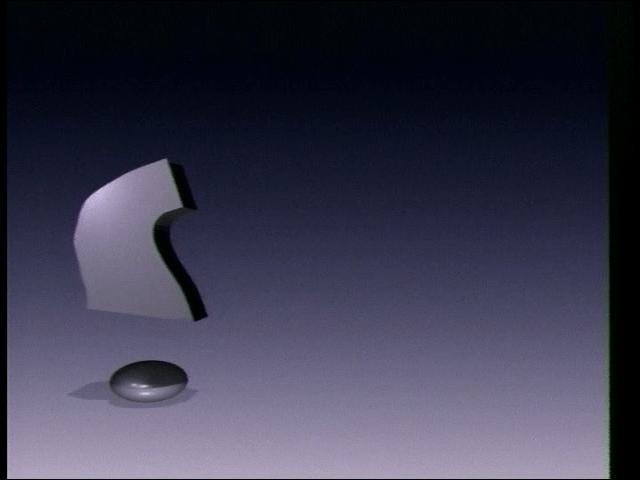
TDK CI CM (1991) - 3
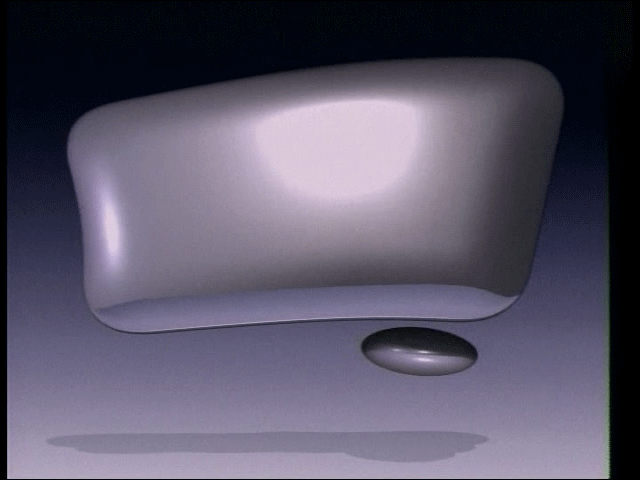
TDK CI CM (1991) - 4

TDK CI CM (1991) - 5
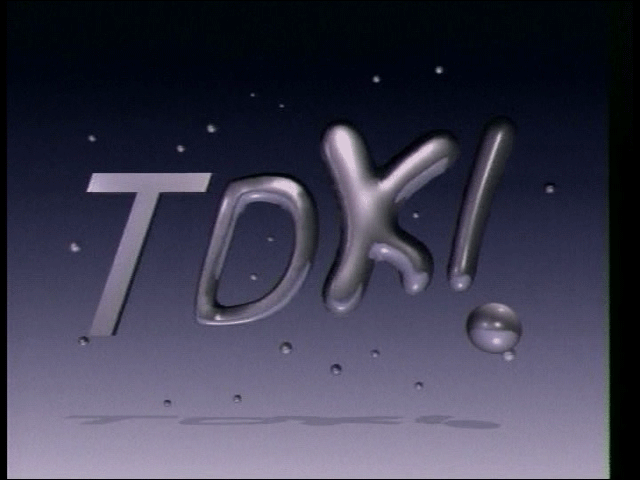
TDK CI CM (1991) - 6
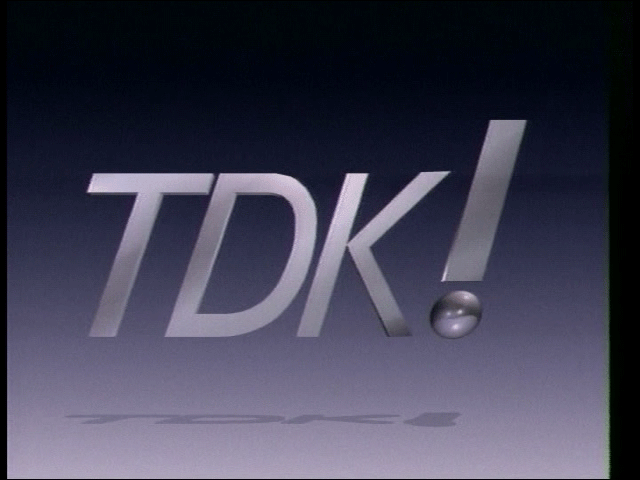
Huistenbosch "M.C.ESCHER Legend of Fall" Attraction (1992)
This project became a graduation test for my production life at Links, as the originally assigned director was set to retire, and I had to quickly step in as the on-site director. Despite my discomfort with live-action compositing, film delivery, and the challenge of directing a long-form piece of over 10 minutes, coupled with the necessity of rendering for both left and right stereoscopic images, the pressure of being a director as a novice, and a complete state of panic, the enjoyment of bringing Escher's fascinating artwork into the realm of 3D and animating it was an invaluable experience like no other. Ultimately, it marked the end of my production life at Links.
Huistenbosch "M.C.ESCHER Legend of Fall" (1992) - 1
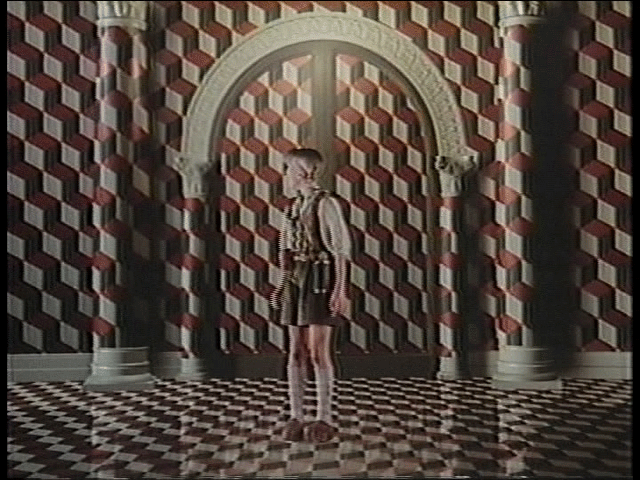
Huistenbosch "M.C.ESCHER Legend of Fall" (1992) - 2
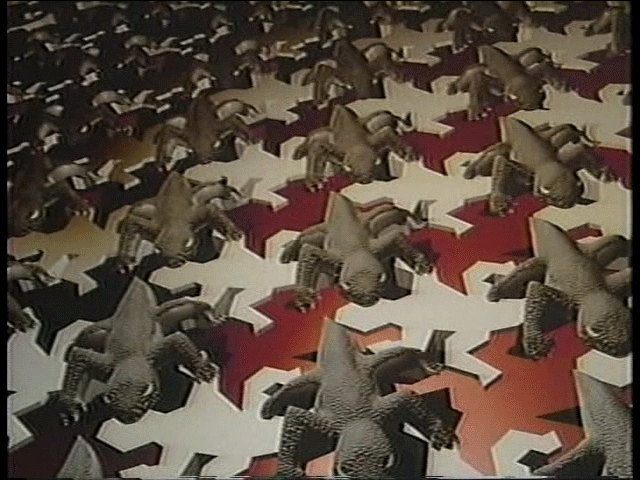
Huistenbosch "M.C.ESCHER Legend of Fall" (1992) - 3
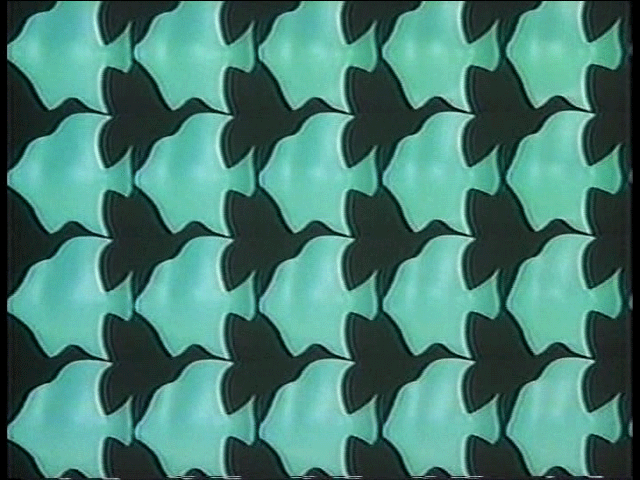
Huistenbosch "M.C.ESCHER Legend of Fall" (1992) - 4
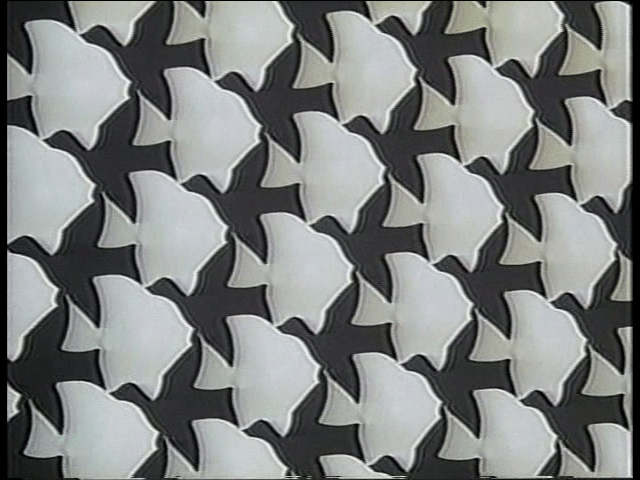
"GALAXY espace" (15") TVCM (1992)
The first and last project as a freelancer. During this production, I became involved in the launch of Sega's indoor theme park project through an intermediary with the client.
"GALAXY espace" (1992) - 1

"GALAXY espace" (1992) - 2
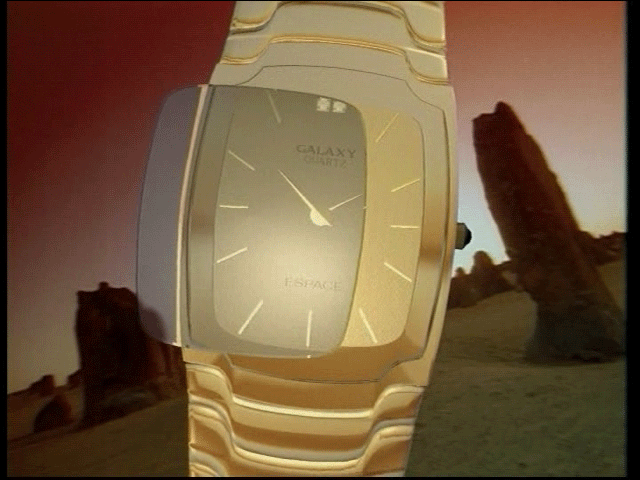
SEGA JOYPOLICE "AQUA NOVA" Attraction (1996)
From here, a 15-year career at Sega began. Starting with an entirely new department, we began the production of attraction movies with just three people, handling everything from acquiring workstations and software to creating project proposals. The second project in line was the original work "AQUA NOVA" The concept involved exploring a space colony for marine experiments using a motion ride. To integrate the introduction sequence, called the pre-show, with the main part, I proposed rotating the ride itself. To my surprise, Sega's hardware division actually built it. Placed on a massive turntable in the center of the site, the audience, along with the ride, rotated 180 degrees during the blackout after the pre-show, facing the giant three-screen side to watch the main part instantly.
The video production was done in LA, with Art Durinski as the local director and Matt Suzuki as the production designer.
SEGA JOYPOLICE "AQUA NOVA" (1996) - 1

SEGA JOYPOLICE "AQUA NOVA" (1996) - 2
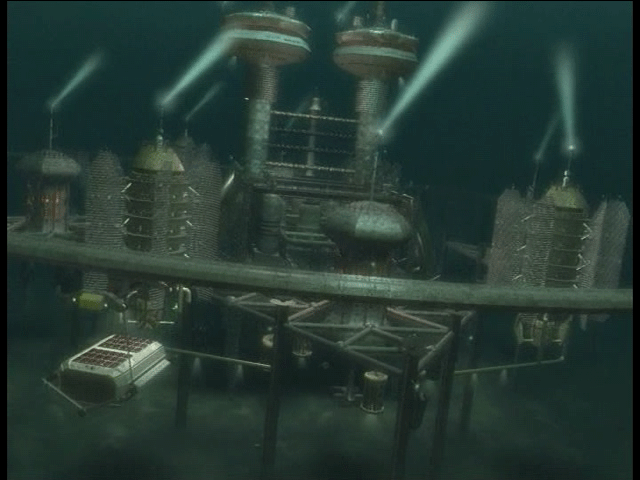
SEGA JOYPOLICE "AQUA NOVA" (1996) - 3
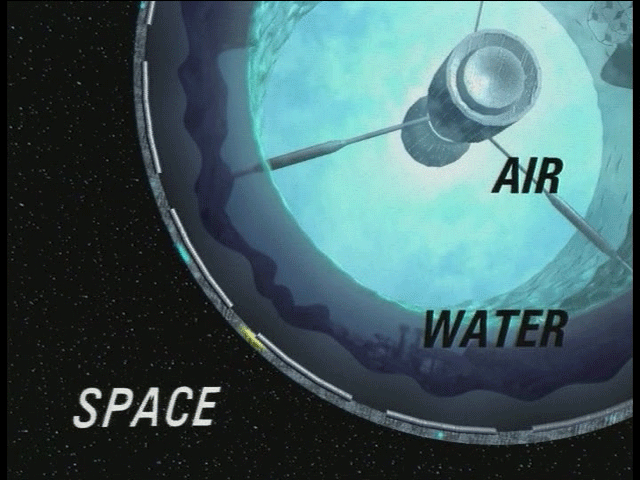
SEGA JOYPOLICE "AQUA NOVA" (1996) - 4
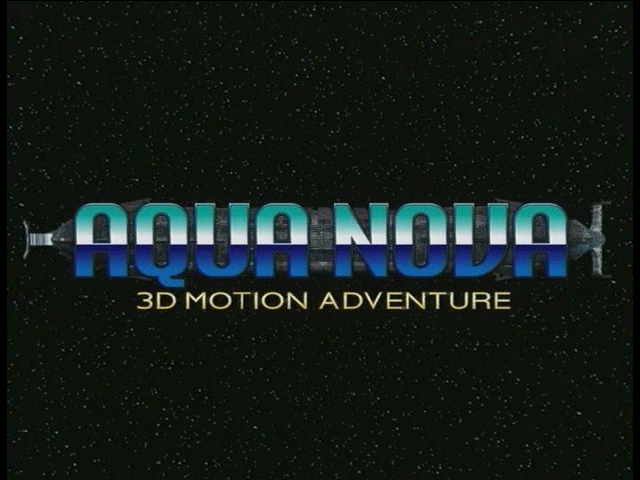
CLUB "velfarre" VJ movie (7')(1999)
During the development of Joyopolis attractions, various projects were brought in. This was a video provided for the VJ of the popular club "Velfarre" at that time. It involved creating character animations, something not often tackled in ride attractions, providing a creative outlet.
CLUB "velfarre" VJ movie (1999)
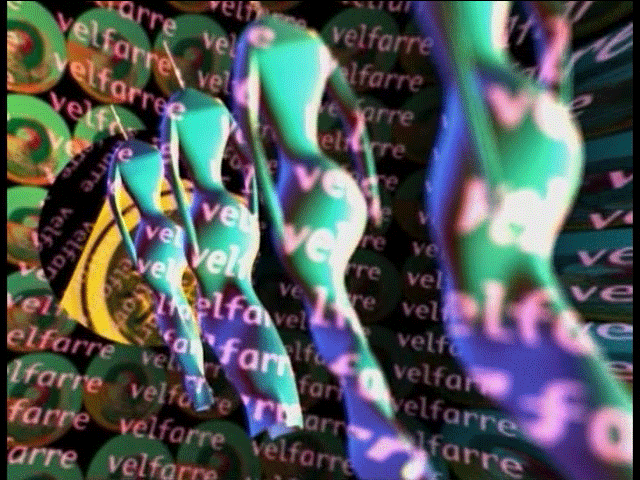
A presentation for HERMES "Carre's Garden"(3')(1999)
This project was brought in under unusual circumstances, involving the creation of a presentation video for a collaboration proposal with Hermes. The video was designed for a show, featuring motifs inspired by the renowned scarves produced by the company.
Carre's Garden (1999)
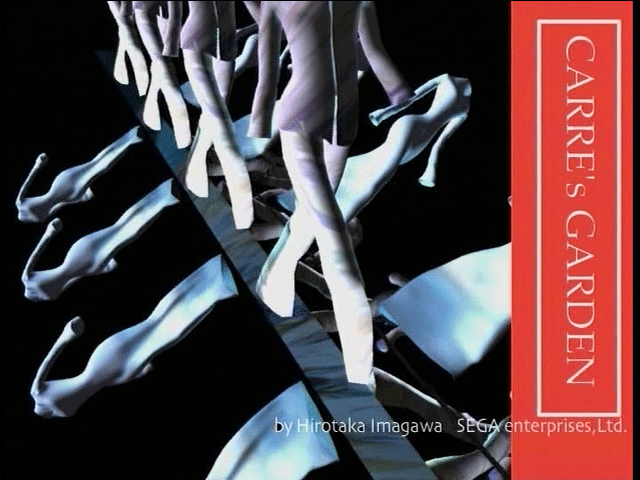
Carre's Garden (1999)
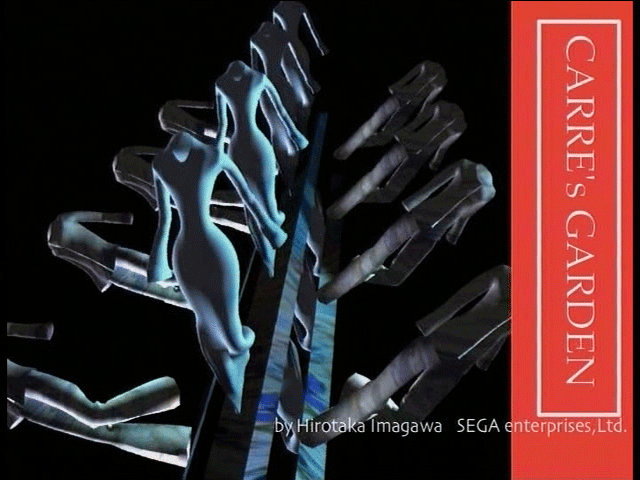
Experimental Verification Video (1996)
At Joypolis, in addition to attractions, we also produced TV commercials in-house for open announcements. This image captures a scene where we conducted technical verification of ideas from the concept plan. At the time, we were exploring the possibility of using image markings to capture the position and posture of the camera through calculations, which has since become a common technique. The goal was to use this as a form of motion capture.
Experimental Verification Video (1996)

Experimental Verification Video (1996)
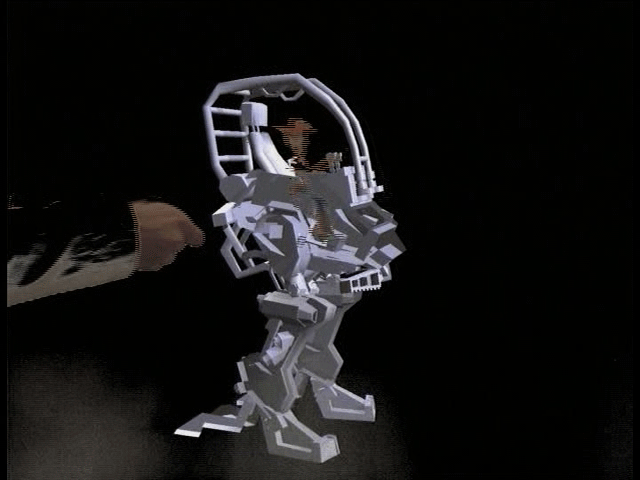
Sega Joyopolis (Hakata) "Cause of Construction Delay" TV Commercial (1996)
Hakata Joyopolis promotional TV commercial. The close-up image of the worker says, "Next, that one!" The concept was rather cheeky, suggesting that the Joyopolis construction was delayed because the workers were having too much fun. Surprisingly, it was approved internally, and the live-action part was shot through an outsourcing company. Following the successful experiment, a framework of a portable shrine was carried, shaken, and used in a combat scene with the motion of a single-rider robot.
Sega Joyopolis (Hakata) "Cause of Construction Delay" TV Commercial (1996) - 1
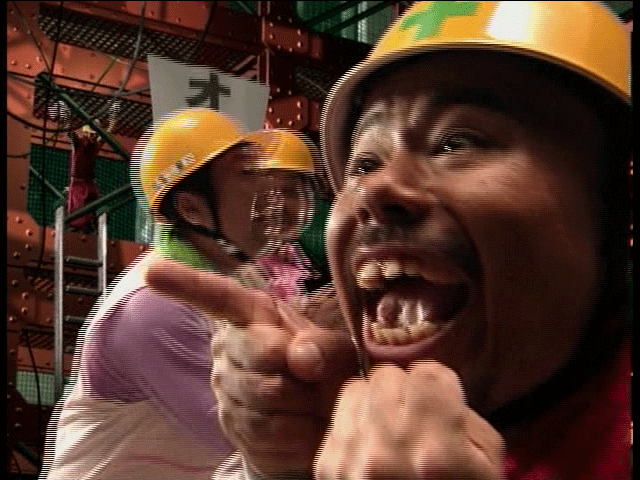
Sega Joyopolis (Hakata) "Cause of Construction Delay" TV Commercial (1996) - 2
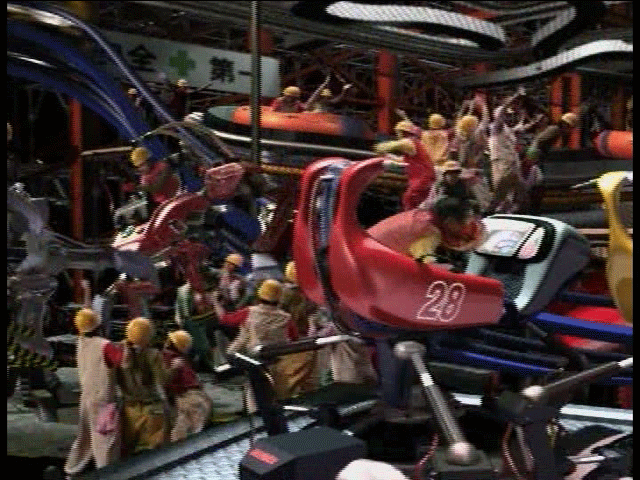
Sega Joyopolis (Hakata) "Cause of Construction Delay" TV Commercial (1996) - 3

SEGA "Net-At" (GUI) (2000)
Design request for the basic browsing screen of a touch-panel terminal for an experimental facility, allowing users to enjoy various contents. Despite internal suggestions for a conventional menu layout, there was an attempt to incorporate characters, which unfortunately backfired.
SEGA "Net-At" (GUI) (2000) - 1
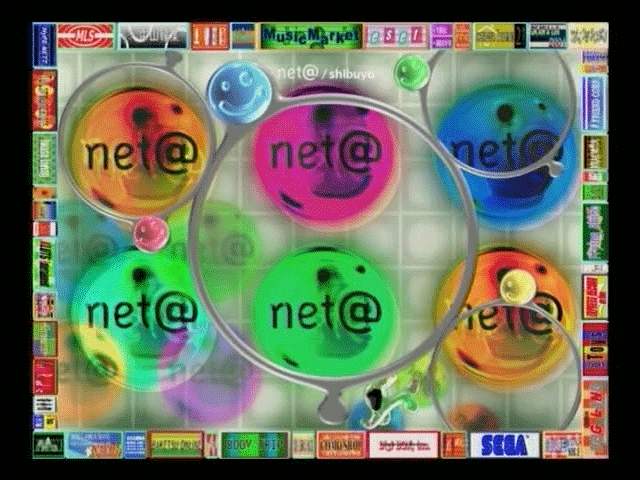
SEGA "Net-At" (GUI) (2000) - 2
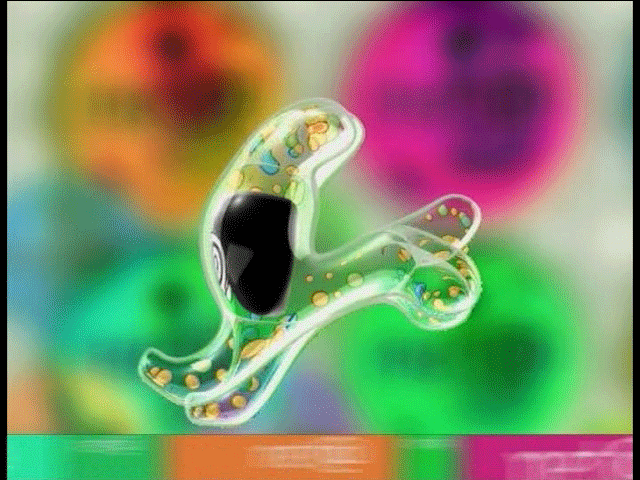
SEGA JOYPOLICE "Detective CONAN - Senior Manager Yukawa murder case" Attraction (1999)
The project initially started as a 2D animation attraction, but with only a 3D CGI production environment and no connections in the anime industry, a daring proposal was made to produce the entire project in full 3DCG. Despite the challenges, the original creator gave their enthusiastic approval, providing detailed three-view drawings for reference. After several model tests and exchanges, the green light was given to start production. Pixar RenderMan was chosen as the renderer, and the still-in-development Sega Animanium was used for animation production. During this time, Subdivision Surfaces were gaining attention, and it was considered ideal for expressing the character. Pixar RenderMan, the only renderer implementing this technique at the time, was introduced. A custom converter was built to pipe RIB files from 3dsmax, and with a combination of the velvet shader, the 3DCG Conan character was successfully realized. Fun fact: we were the first in Japan to use Subdivision Surfaces in production.
"Detective CONAN - Senior Manager Yukawa murder case" Attraction (1999) - 1
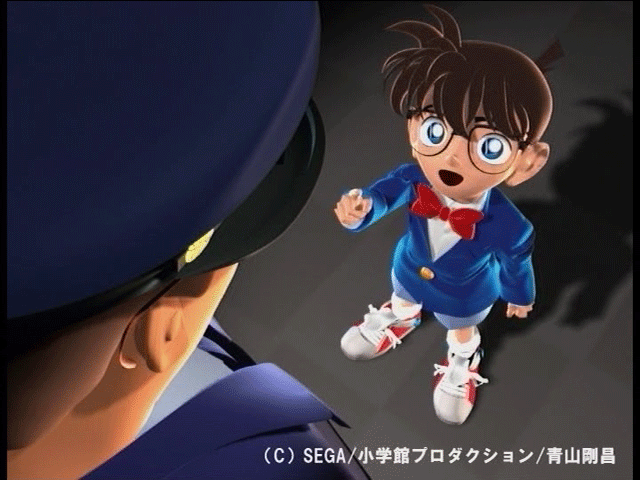
"Detective CONAN - Senior Manager Yukawa murder case" Attraction (1999) - 2
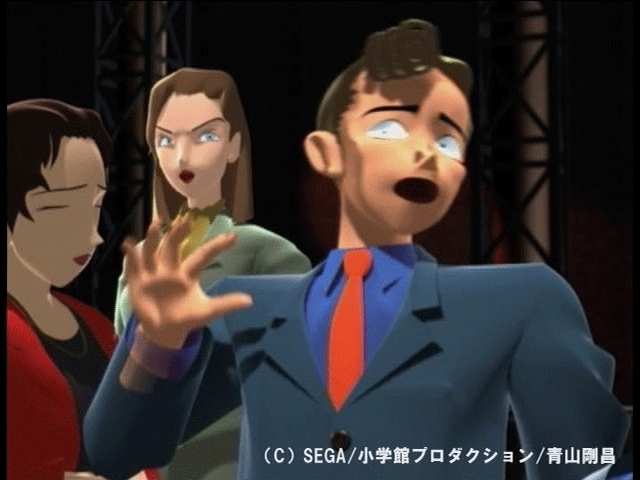
"Detective CONAN - Senior Manager Yukawa murder case" Attraction (1999) - 3
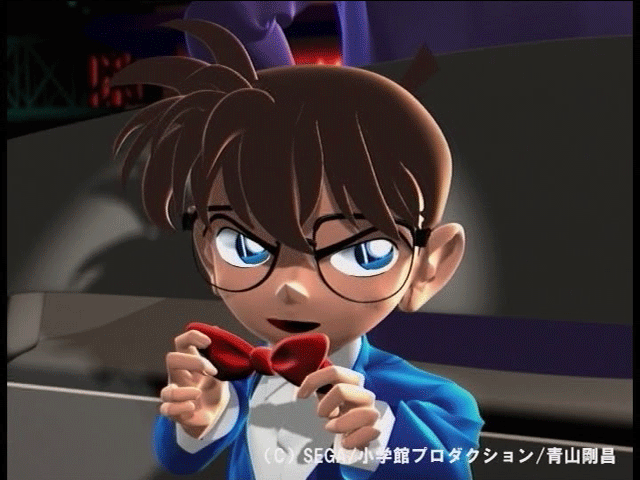
TV Program "MAMIMUME Mogacho"(13 episodes)(2001)
The completed SEGA Animanium was used to produce a television anime series. With Joyopolis closures happening at the time, it seemed like the perfect opportunity to maintain a portion of the production team as a dedicated character animation unit. However, efforts to sustain the organization led to activities more akin to producing producers, and there was no direct involvement in the actual production. This experience made it clear that engaging in activities unrelated to hands-on work was futile. There is still much to do in the realm of 3DCG. Currently, I am once again dedicating myself to the hands-on aspects of the craft.
TV Program "MAMIMUME Mogacho" (13 episodes) (2001)
